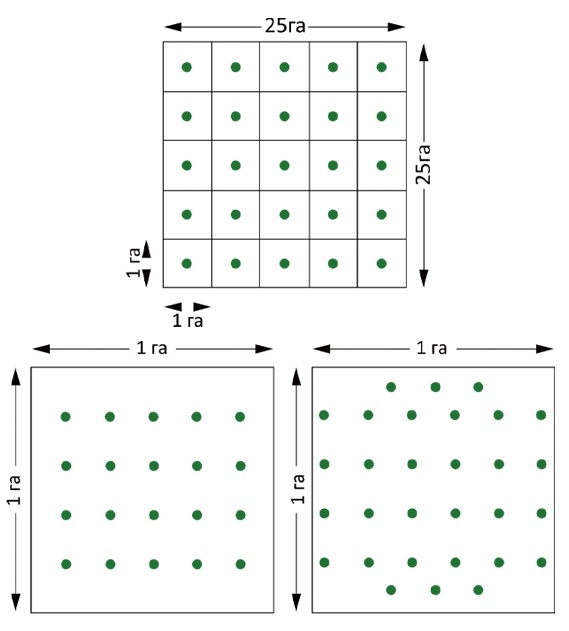Catalogue of traps and pheromones
Download traps and pheromones list

Download document
1.02 mb
During female life (5-13 days), lays eggs one by one or in heaps of up to 15 pcs. on the grains. Fertility is up to 150 eggs, maximum 283. Eggs develop from 4 to 28 days depending on the ambient temperature.

The hatching Angoumois grain moth gnaws through the shell of the grain and penetrates inside, where it feeds on the endosperm. Only one seed is required for full development. By the end of development, a cavity is formed inside the grain, divided by a cobweb partition into two chambers: the largest of them is occupied by the larva, the smaller one by its excrement. Usually, one grows in wheat, rye and barley grain, and 2-3 moths in corn grain. Moths live up to 3 weeks. The development of the pupa continues in the summer from 7 to 10 days, in the autumn to 14-15, in the winter it can be very delayed.
The development of one generation in July takes 25-35 days, and in August-November from 34 to 90 days. Indoors gives several generations per year.

SYNONYM:
Alucita cerealella
Anacampsis cerealella
Gelechia cerealella
Gelechia pyrophagellas
Proper use of Pheromone Traps:
The pheromone trap is designed to monitor and reduce pest numbers. In order to determine the population density of pest insects and to identify pest outbreaks (monitoring), it is recommended to use 1 trap per 1 ha.
The trap should be placed in near the culture at a height of 0,20-0,30 m. Prior to the first flight of the butterflies, the traps must be checked on a daily basis, and after the first butterflies have been captured, the traps must be checked every 5-7 days. Pheromone dispensers can be changed after 4-6 weeks and sticky tapes can be replaced when is full with pests and dust. Protective measures are based on the results of the monitoring of population density of pest insects.
Trap placement:
For mass capture and sterilization of males, it is recommended to have more than 20 traps per hectare. In case of a large number of pest insects use 30 traps per 1 ha.


Download traps and pheromones list

1.02 mb
Review our catalogue of pheromons and semiochemicals by chemical name

525.1 kb